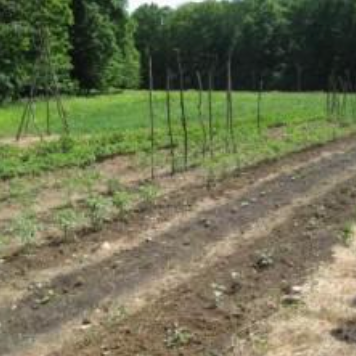 We get some pretty seedy questions on our Facebook page and share our answers to the most popular ones here on our blog. If you have more suggestions to add to our answer, please feel free to leave a comment below.
We get some pretty seedy questions on our Facebook page and share our answers to the most popular ones here on our blog. If you have more suggestions to add to our answer, please feel free to leave a comment below.
Q: I often see planting instructions that read: “sow as soon as soil can be worked.” What does this mean? And how do I know when my soil is ready?
A: As new seeds start to fill our homes, it’s harder and harder to stay patient and resist the countdown to the first outdoor sow date of the year. You can begin sowing in late winter or early spring--but not until the soil is ready. Many cool-weather crops, such as spinach, peas, arugula, and hardy salad greens, benefit from being sown as early as possible. Germination may take a bit longer than under warmer conditions, but they'll be off and running early, which means the plant has the maximum amount of time to grow before summer heat sets in. However, it's important to wait to sow until the soil has recovered from the winter freeze-up and has returned to a friable, arable state. You're looking for the top several inches to be dry and crumbly enough that the soil doesn't stick as you run a tool across the surface but instead falls away in small chunks or crumbles*. Clay soils can sometimes take 1-2 weeks longer than sandy soils to become planting-ready. As you continue to add organic matter to your soil over the years, it will become lighter and lighter and more easily worked at the start of the season.
*This is also a good guideline for getting the right consistency in potting mixes.





